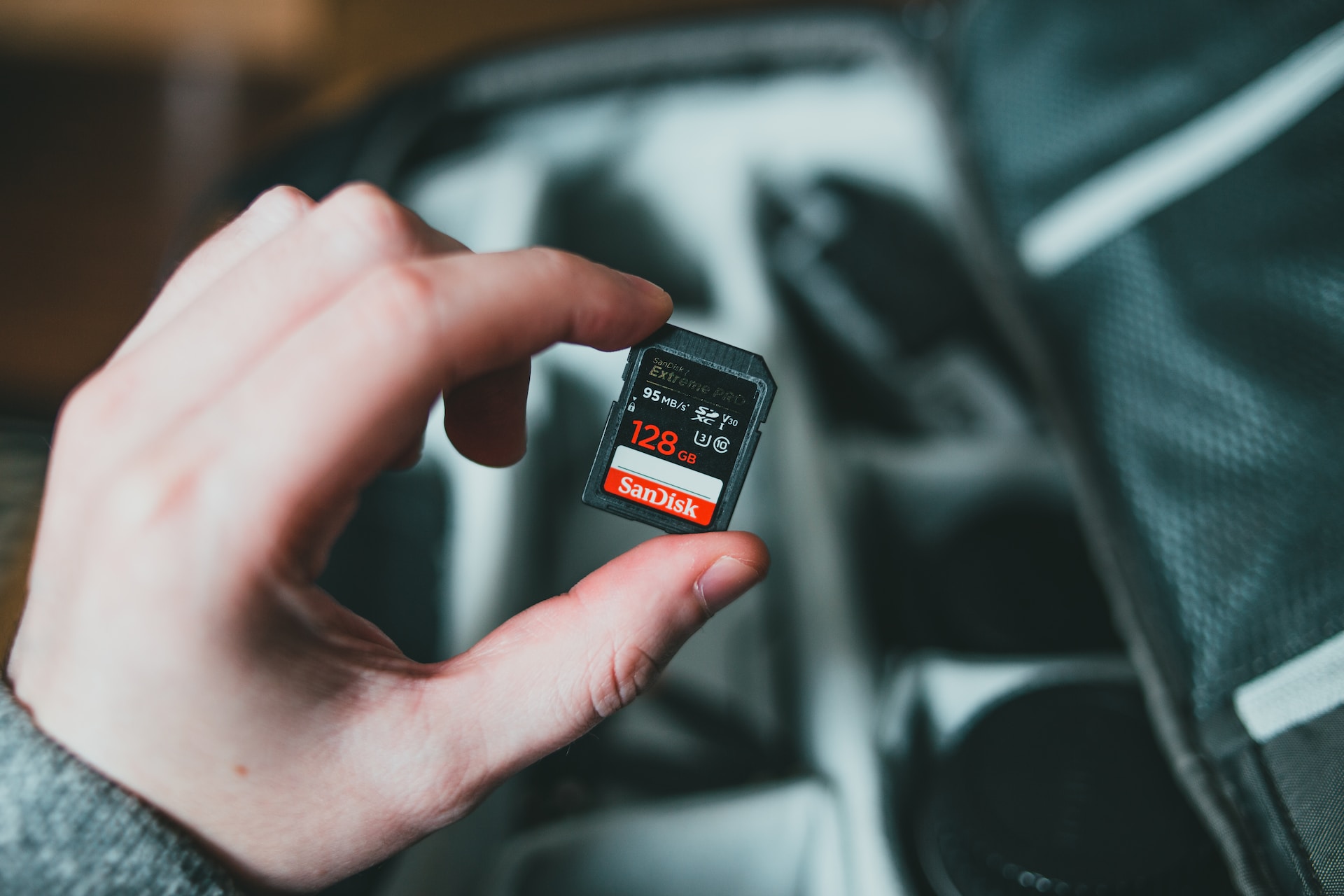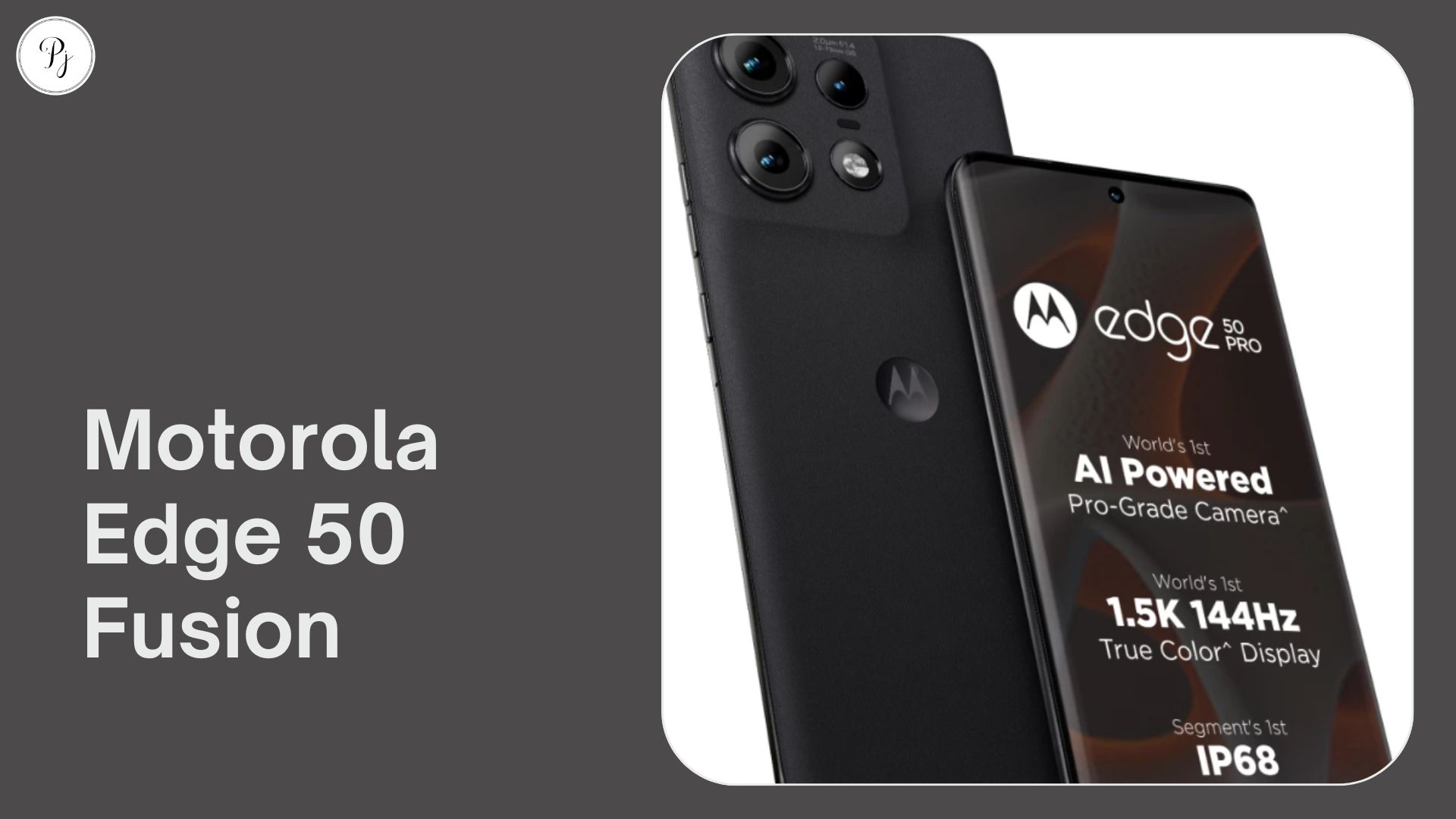Do you have a passion for photography and videography? Do you want to make the most of your camera features? Do you want to store and transfer your data in a snap?
If you answered yes to any of these questions, then you need a CFexpress card.
A CFexpress card is a new and advanced memory card for cameras. It uses the same technology as the solid-state drives (SSDs) in your computer. It can achieve blazing-fast data transfer speeds, up to 4GB/s (gigabytes per second). That’s more than 10 times faster than a regular SD card.
A CFexpress card can help you take your camera performance to the next level. It can handle the high data rate of 8K video recording, in-camera uncompressed video recording, and ultra-rapid burst shooting. It can also offer higher reliability, longer lifespan, better compatibility, and more future-proofing than other memory cards.
In this article, we will tell you everything you need to know about CFexpress cards, such as:
- What CFexpress cards are and how they work
- How they differ from other memory card types and why they are better
- Why you might want to consider them for your next camera upgrade and what benefits they can bring
- What to consider when buying a CFexpress card and how to choose the best one for your needs
What is CFexpress?
CFexpress is a standard for removable media cards proposed by the CompactFlash Association (CFA), the organization that administers memory card standards. The standard uses the same technologies as the solid-state drives (SSDs) built into laptop and desktop computers.
This means that CFexpress cards can achieve incredibly fast data transfer speeds, up to 4GB/s (gigabytes per second) for the fastest variant. That’s more than 10 times faster than a typical SD card.
CFexpress cards come in three types: A, B, and C. Each type has a different size and a different number of PCIe lanes, which determine the maximum speed of the card. The table below summarizes the main features of each CFexpress type:
| Type | Size (mm) | PCIe Lanes | Max Speed (GB/s) |
|---|---|---|---|
| A | 20 x 28 x 2.8 | 1 | 1 |
| B | 29.6 x 38.5 x 3.8 | 2 | 2 |
| C | 54 x 74 x 4.8 | 4 | 4 |
Why do you need CFexpress?
CFexpress cards are designed to meet the needs of professional photographers, videographers, and enthusiasts who want to use the latest camera features and technologies.
These features require a lot of data to be processed and stored very quickly, which can overwhelm conventional memory cards. CFexpress cards can handle these tasks with ease, thanks to their high-speed interface and large capacity.
For example:
- Sony’s A1 camera can record 8K video at up to 30 frames per second (fps), which generates about 1GB of data per second. A CFexpress Type A card can easily cope with this data rate, while an SD card would struggle or fail.
- Nikon’s Z7 camera can shoot raw stills at up to 10 fps, which produces about 120MB of data per shot. A CFexpress Type B card can write this data in less than a tenth of a second, while an SD card would take much longer.
CFexpress cards also offer other benefits over conventional memory cards, such as:
-
Higher reliability:
CFexpress cards use flash memory chips that have no moving parts, making them more resistant to shock, vibration, temperature extremes, and wear and tear.
-
Longer lifespan:
CFexpress cards have a higher endurance rating than SD cards, meaning they can withstand more write cycles before they degrade.
-
Better compatibility:
CFexpress cards are backward compatible with XQD devices that support firmware updates. XQD is another memory card format that uses a PCIe interface but has lower speeds than CFexpress.
-
More future-proof:
CFexpress cards are expected to be adopted by more camera manufacturers in the future, as they offer more room for innovation and performance improvement than SD cards.
What to consider when buying a CFexpress card?
If you are interested in buying a CFexpress card for your camera or device, there are some factors you should consider before making a purchase:
-
Compatibility:
Not all cameras or devices support CFexpress cards. You should check the specifications of your device and make sure it has a compatible CFexpress slot. You should also check if your device requires a firmware update to enable CFexpress support.
-
Type:
You should choose the right type of CFexpress card for your device and your needs. Type A cards are suitable for devices that have a smaller slot and do not require very high speeds, such as Sony’s A1, A7 IV, A7S III, FX3, and FX6 cameras. Type B cards are suitable for devices that have larger slots and require higher speeds, such as Nikon’s Z6, Z7, D6, and D500 cameras. Type C cards are not yet widely available or supported by any device, but they offer the highest speeds and capacities.
-
Speed:
You should look at the read and write speeds of the CFexpress card you want to buy. Read speed is the speed at which the card can transfer data to your device or computer. Write speed is the speed at which the card can store data from your device or computer. Both speeds are measured in MB/s or GB/s. You should choose a card that has a high enough write speed to match the data rate of your device’s features, such as video recording or burst shooting. You should also choose a card that has a high enough read speed to facilitate fast data transfer and playback.
-
Capacity:
You should look at the storage capacity of the CFexpress card you want to buy. Capacity is measured in GB or TB (terabytes). You should choose a card that has enough space to store your photos and videos, depending on the resolution, format, and duration of your recordings. You should also consider how often you plan to transfer or backup your data from the card to another device or storage medium.
-
Price:
You should look at the price of the CFexpress card you want to buy. Price is usually proportional to the type, speed, and capacity of the card. CFexpress cards are generally more expensive than SD cards, but they offer better performance and quality. You should compare different brands and models of CFexpress cards and find the one that offers the best value for your money.
Conclusion
CFexpress cards are the future of memory cards for cameras, as they offer unparalleled speed, reliability, durability, and compatibility. They are ideal for professional photographers, videographers, and enthusiasts who want to use the latest camera features and technologies.
If you are looking for a CFexpress card for your camera or device, you should consider the compatibility, type, speed, capacity, and price of the card. You should also check out the latest news and updates on CFexpress cards, as they are constantly evolving and improving.
We hope this article has helped you understand what CFexpress cards are and why you might want to consider them for your next camera upgrade. Happy shooting!





